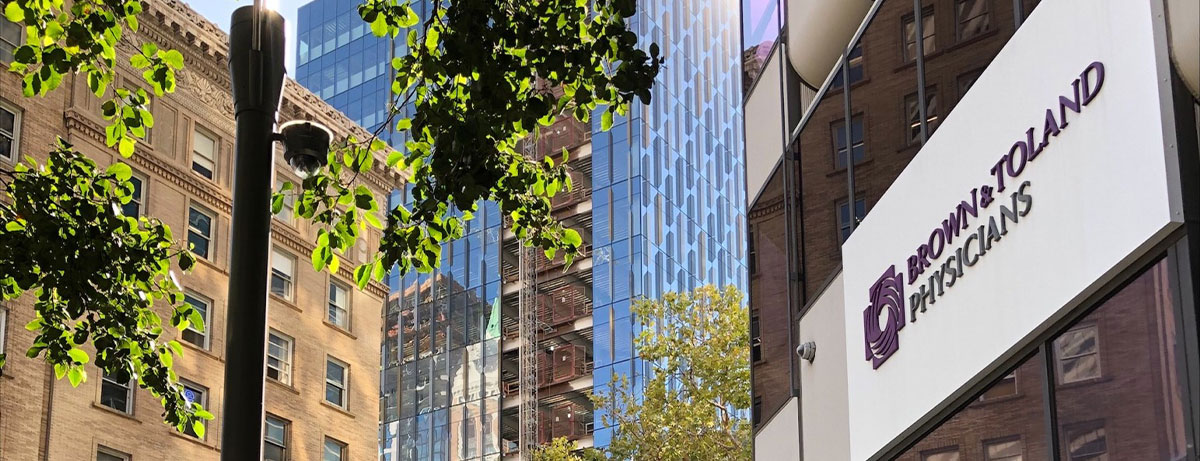Winter Rains, and Early Bay Area Spring Bad News for Allergy Sufferers

An early Spring means flowers budding and blooming trees, but if you are one of the millions of people who have seasonal allergies, this also means sneezing, congestion, runny nose and other bothersome symptoms.
Seasonal allergies — also called hay fever and allergic rhinitis — can make you miserable. And, because the Bay Area experienced a record amount of rain this past winter, this year’s allergy season promises to be a doozy.
Here are a few tips from the Mayo Clinic on how to reduce your exposure to allergy triggers.
- Stay indoors on dry, windy days — the best time to go outside is after a good rain, which helps clear pollen from the air.
- Delegate lawn mowing, weed pulling and other gardening chores that stir up allergens.
- Remove clothes you’ve worn outside; you may also want to shower to rinse pollen from your skin and hair.
- Don’t hang laundry outside — pollen can stick to sheets and towels.
- Wear a dust mask if you do outside chores.
- Take extra steps when pollen counts are high
Seasonal allergy signs and symptoms can flare up when there’s a lot of pollen in the air. These steps can help you reduce your exposure:
- Check your local TV or radio station, your local newspaper, or the Internet for pollen forecasts and current pollen levels.
- If high pollen counts are forecasted, start taking allergy medications before your symptoms start.
- Close doors and windows at night or any other time when pollen counts are high.
- Avoid outdoor activity in the early morning when pollen counts are highest.
- Keep indoor air clean
There’s no miracle product that can eliminate all allergens from the air in your home, but these suggestions may help:
- Use the air conditioning in your house and car.
- If you have forced air heating or air conditioning in your house, use high-efficiency filters and follow regular maintenance schedules.
- Keep indoor air dry with a dehumidifier.
- Use a portable high-efficiency particulate air (HEPA) filter in your bedroom.
- Clean floors often with a vacuum cleaner that has a HEPA filter.
Try rinsing your nasal passages with distilled, sterile saline solution (nasal irrigation) as a quick, inexpensive and very effective way to relieve nasal congestion. Rinsing directly flushes out mucus and allergens from your nose. Look for a squeeze bottle or a neti pot — a small container with a spout designed for nasal rinsing — at your pharmacy or health food store. Use water that’s distilled, sterile, previously boiled and cooled, or filtered using a filter with an absolute pore size of 1 micron or smaller to make up the saline irrigation solution. Also be sure to rinse the irrigation device after each use with similarly distilled, sterile, previously boiled and cooled, or filtered water and leave open to air-dry.
If you have bad seasonal allergies, your doctor may recommend that you have skin tests or blood tests to find out exactly what allergens trigger your symptoms. Testing can help determine what steps you need to take to avoid your specific triggers and identify which treatments are likely to work best for you.
Consult with your doctor on how best to control severe allergy symptoms.
Source: Mayo Clinic
